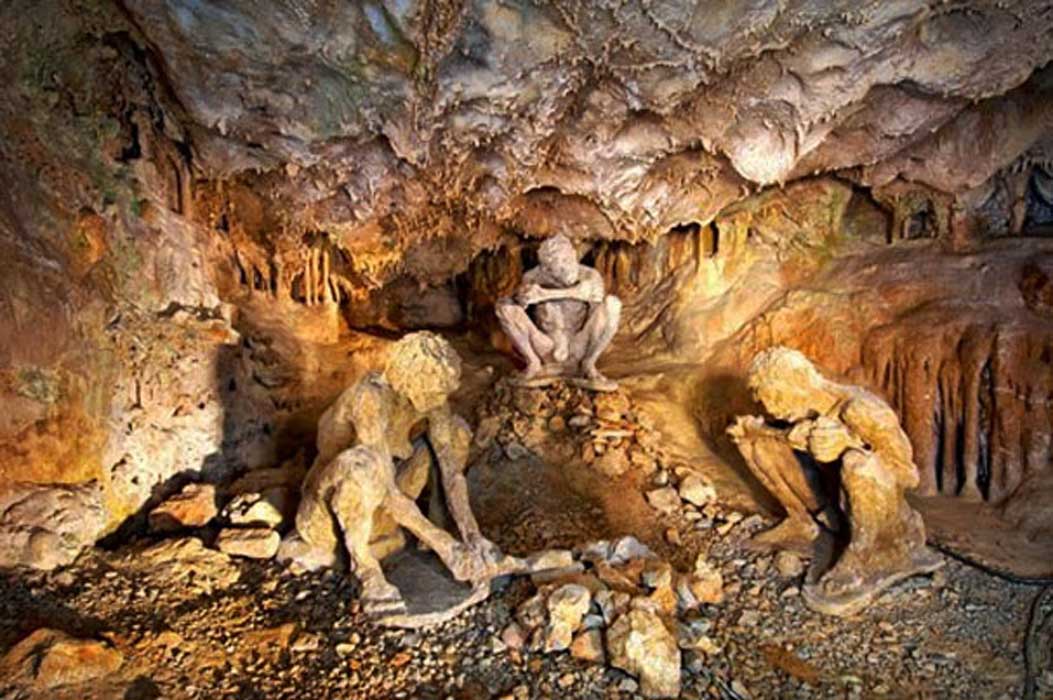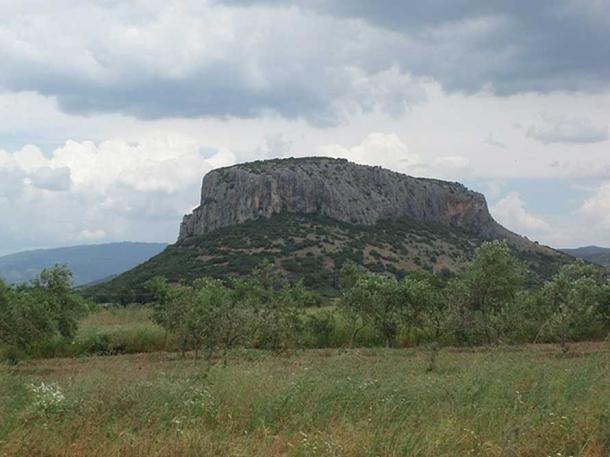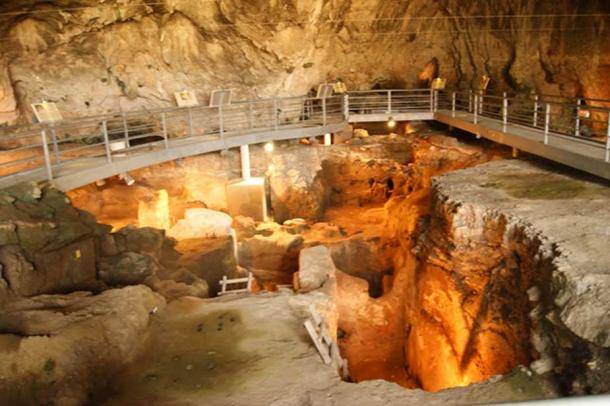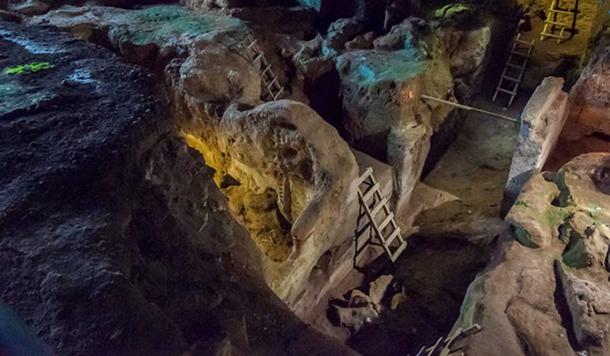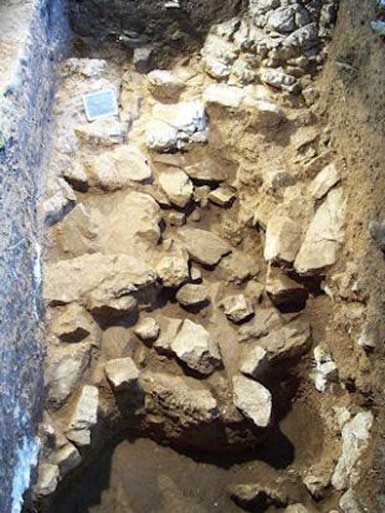Situated in Meteora in the central Greek region of Thessaly, the Theopetra Cave is a famous archaeological site. As a result of many years of archaeological excavations, researchers have found that people have inhabited the Theopetra cave since 130,000 years ago. Furthermore, they also discovered many pieces of evidence of human habitation in the Theopetra Cave from the Middle Palaeolithic to the end of the Neolithic period. This finding is important because it allows archaeologists to understand the prehistoric period in Greece better.
Occupation of Theopetra Cave
Located on the northeastern slope of a limestone hill, about 100 m (330 ft above a valley, The Theopetra Cave overlooks the small village of Theopetra, and the Lethaios River, a tributary of the Pineios River. According to experts, the limestone hill was formed between 137 and 65 million years ago during the Upper Cretaceous period. According to archaeological evidence, humans only began to occupy the cave during the Middle Palaeolithic period, around 130000 years ago. The cave is roughly quadrilateral in shape, with little nooks on its periphery, and it covers an area of approximately 500 square meters (5380 sq ft). The Theopetra Cave has a big entrance that allows enough light to penetrate the cave’s interior.
Investigation Begins
The archaeological excavations at Theopetra Cave began in 1987 and lasted until 2007. Dr. Nina Kyparissi-Apostolika, the head of the Ephorate of Palaeoanthropology and Speleography, undertook the project. Before the excavations started, local shepherds used the Theopetra Cave as a temporary shelter to keep their flocks. It may be added that Theopetra Cave was the first cave in Thessaly to be archaeologically unearthed, and it is also the only cave in Greece with a continuous series of deposits dating from the Middle Palaeolithic to the end of the Neolithic period. This is crucial because it has helped archaeologists learn more about the transition of life from the Palaeolithic to the Neolithic in mainland Greece.
The archaeological research of the Theopetra Cave has yielded several fascinating discoveries. One of these, for example, is related to the climate in the area at the time the cave was occupied. Archaeologists determined that there had been hot and cold spells during the cave’s occupation by conducting a micromorphological study on sediment samples collected from each archaeological layer. The population of the cave fluctuated in response to these changes in climate.
The World’s Oldest Wall
Another exciting discovery in the Theopetra Cave is the remains of a stone wall that once partially blocked the cave’s entrance. The remains were found in 2010, and scientists were able to date this wall to roughly 23000 years old by using a relatively new method of dating known as Optically Stimulated Luminescence. Researchers believe the cave’s inhabitants created the wall to protect themselves from the cold outside because of its age, which matches the last glacial period. This tower is the oldest known artificial structure in Greece, even the entire planet.
One year before this astounding finding, researchers claimed to find a trail of at least three hominid footprints imprinted onto the cave’s soft earthen floor. The footprints are thought to have been formed by many Neanderthal children aged two to four years old who resided in the cave during the Middle Palaeolithic period, based on their shape and size.
The Theopetra Cave was formally opened to the public in 2009, but it was closed temporarily a year later after the stone wall remains were uncovered. The archaeological site was later reopened, but it was closed again in 2016, and it remains closed due to safety concerns, such as the risk of landslides.

